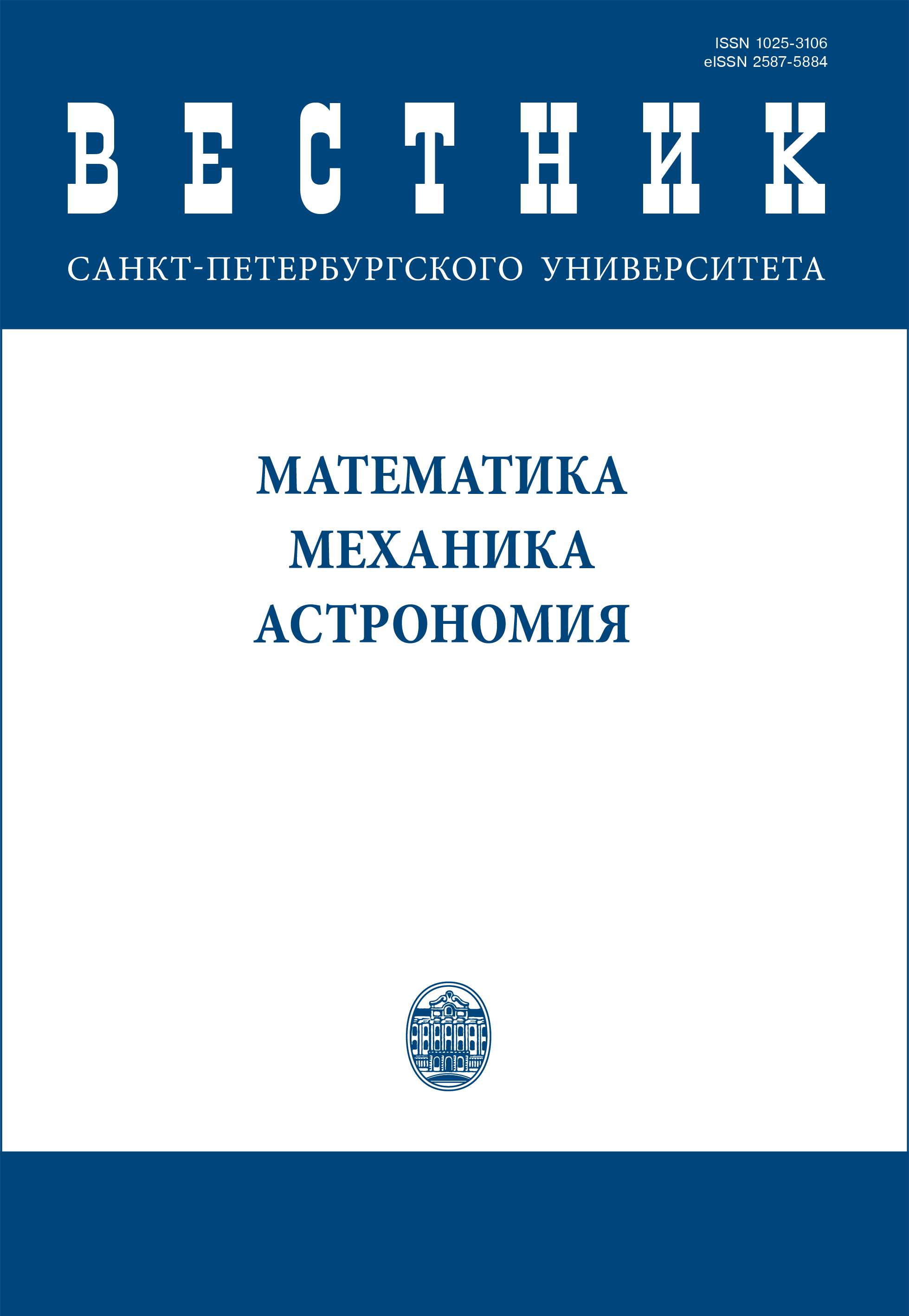Применение гибридных римановских солверов на основе HLLC и HLL для моделирования течений с газодинамическими разрывами
DOI:
https://doi.org/10.21638/spbu01.2023.413Аннотация
Обсуждается применение гибридных приближенных римановских солверов на основе стандартных HLLC- и HLL-солверов. Рассмотрено три различных гибридных солвера. Первый гибридный солвер (rHLLC-HLL) использует взвешенную сумму HLLC и HLL так, что HLLC используется по нормали к ударной волне, а HLL вдоль нее. Второй гибридный солвер (HLLC-ADC) использует взвешенную сумму HLLC и HLL, применяя в качестве весов функцию от давления в центрах ячеек слева и справа от соседних граней. Третий гибридный солвер (HLLC-HLL) выполняет расчет невязких потоков по HLL внутри ударных волн и по HLLC в других областях течения. Грани внутри ударных волн определяются индикатором ударной волны, основанном на реконструированных значениях давления слева и справа от грани. Проведен ряд тестов, и показано, что гибридные солверы позволяют избавиться от карбункула, уменьшают осцилляции на ударных волнах. Точное разрешение контактных разрывов показали гибридные солверы rHLLC-HLL и HLLC-HLL.
Ключевые слова:
конечно-объемный метод, приближенный римановский солвер, карбункул, римановский солвер HLLC, римановский солвер HLL
Скачивания
Библиографические ссылки
Литература
References
Загрузки
Опубликован
Как цитировать
Выпуск
Раздел
Лицензия
Статьи журнала «Вестник Санкт-Петербургского университета. Математика. Механика. Астрономия» находятся в открытом доступе и распространяются в соответствии с условиями Лицензионного Договора с Санкт-Петербургским государственным университетом, который бесплатно предоставляет авторам неограниченное распространение и самостоятельное архивирование.




